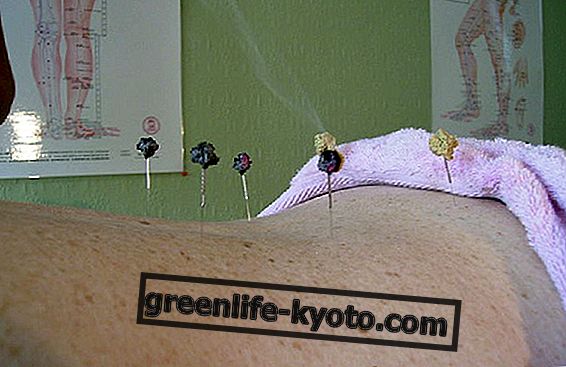
Already in the writings of some Greek philosophers we find interest in this particular condition of sleep, and even earlier in many yogic texts and, in hindsight, in all shamanic traditions .
The Dutch psychiatrist van Eeden coined the term in the face of the numerous experiences in which not only the dreamer was conscious of being dreaming, but also had a discrete capacity for participation in the dream, which in some cases can become control and even manipulation of reality dreamlike itself.
The lucid dream is not a mere subjective experience but an analysable and concrete fact: in its presence the brain focuses on some special frequencies of beta waves.
The so-called false awakenings and out-of-body experiences also fall into the field of lucid dreaming .
Techniques to experience the lucid dream: the night diary
Are there techniques for developing this ability? Some believe so, and the most common training tool is the night diary, which is a diary in which to write down every dream detail.
The nocturnal diary is, above all, an expedient that concretely represents an interest matured in waking consciousness, the surface of the ego, towards what dwells behind the veil, a need to discover and communicate with the rest of the being, which generally launches us symbolic messages in the dream chaos.
When waking consciousness is flexible enough to sense and admit the possibility of being only a fragment of a unity, and when the unconscious has matured within itself a potential ready to emerge, here is the interest in dreams on one side and their expressive power on the other make the attempt at conciliation inevitable.
And the night diary can be the right tool for this synthesis . This, rather than the rational attempts of a mechanistic and two-dimensional interpretation of the contents of dreams, is the true meaning of the night diary.
Onironautics: what is it, origins and benefits
Other methods to experience lucid dreaming
After having ignited and fed the flame of will, it is time to try to become aware of dreams . In the early eighties, one of the pioneers of the study of lucid dreams such as Paul Tholey, a German psychologist, listed the characteristics that define the awareness of a lucid dream : being able to orientate, be able to make decisions, use memory, remember oneself, consciousness of surrounding, awareness of meanings, use of will.
One of the most classic methods is the "reality test ": that is, getting used to wondering as many times as possible if what we are experiencing is really reality, doing small tests like opening a book and reading two lines, checking the time, looking at each other hands, pinch your nose, check if you breathe.
If you take this habit during waking, it will be easy to reproduce it in dreams, with excellent results. Another fundamental thing is to give a constant will to want to reach the goal of having lucid dreams, which in the occult sciences is called a "formation". Every night, before falling asleep, all the conscience will have to focus on that goal and, over time, perseverance will be rewarded like the drop that digs the rock.
Drawing and learning to recognize recurrent symbols, one's own heraldry, will help us become familiar with dreams. The REM phase can also be strengthened and to develop it is important: to sleep at regular times, do it away from meals, concentrate sleep at once avoiding siestas and naps.
Reflections on lucid dreaming
Sleep and dream are an integral part of a person's life, precisely a third of it. Being aware of this third of our life, where many potentials are concentrated, many uncomfortable truths, many psychological keys, means living an integral, complete, uninterrupted and healthy life.
However, we must pay attention and understand the depth of the phenomenon, which if approached superficially, will only bring poor satisfaction: it is important not to make hierarchies between states of consciousness and not wanting to impose the waking consciousness on the dream consciousness, since it also needs free expression.
The purpose of these practices should not be to bring the surface self into dreams but to enlarge it by accepting the dream consciousness in itself: as a result we will have an unexpected enlargement of the usual consciousness because to the extent that we will consciously enter into the consciousness of dreams, this will begin to penetrate the waking consciousness, extending into objective reality with its intuitive powers and subtle perception.
The ultimate goal of this integration will therefore be to mature a synthetic condition capable of navigating without interruption between all states of consciousness: waking, sleeping, dreaming, and even further states, just as an amphibian lives at ease in and out of the water.













